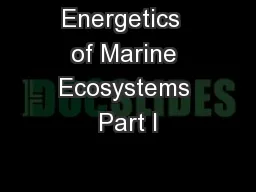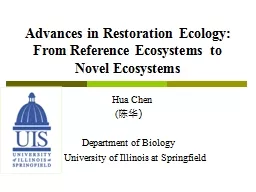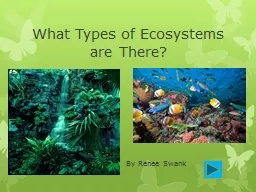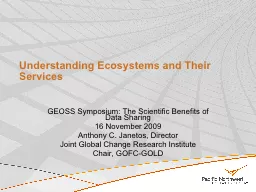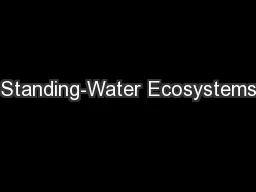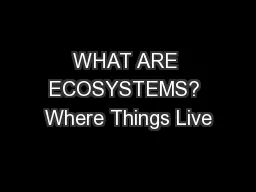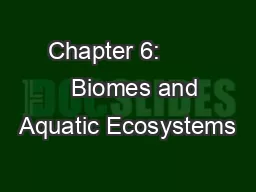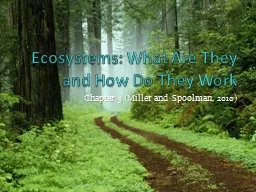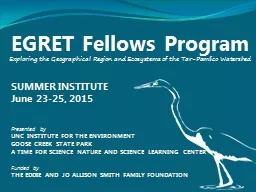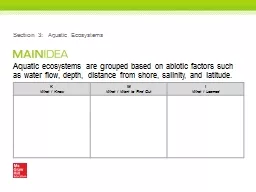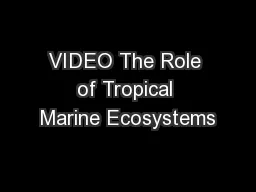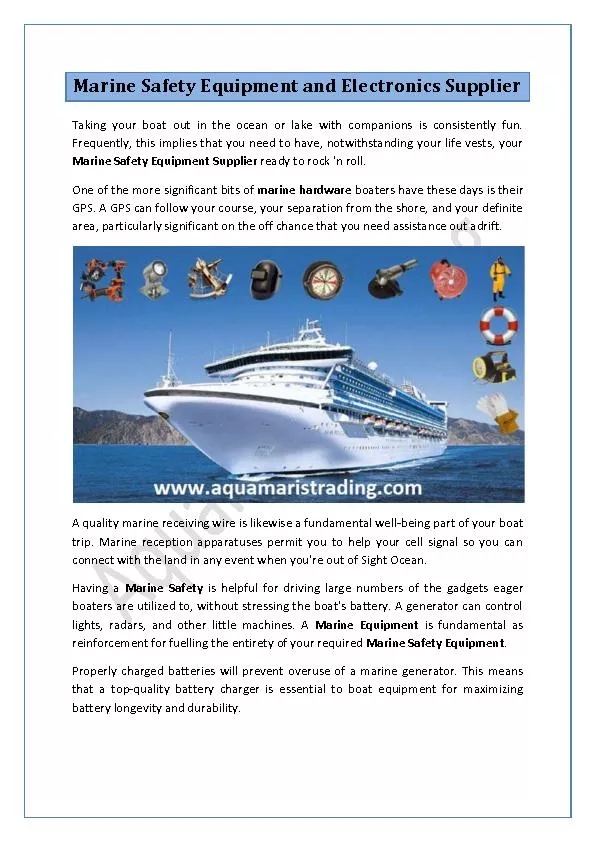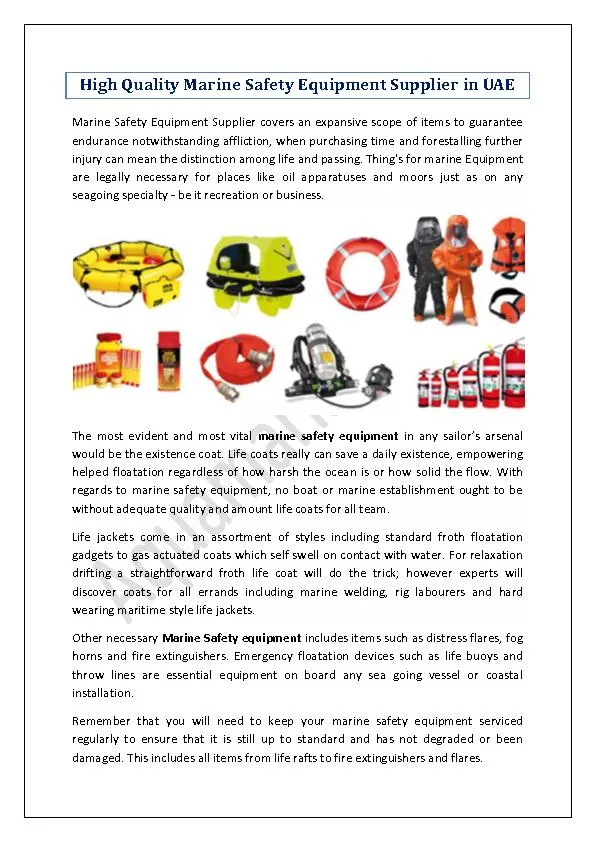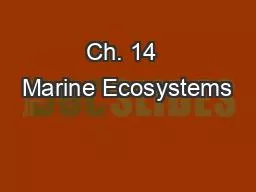PPT-Energetics of Marine Ecosystems Part I
Author : pamella-moone | Published Date : 2018-03-09
Section 3 Photosynthesis Plants capturing sunlight Makes energy available to the food chain Source of energy for nearly all life on Earth Green plants including
Presentation Embed Code
Download Presentation
Download Presentation The PPT/PDF document "Energetics of Marine Ecosystems Part I" is the property of its rightful owner. Permission is granted to download and print the materials on this website for personal, non-commercial use only, and to display it on your personal computer provided you do not modify the materials and that you retain all copyright notices contained in the materials. By downloading content from our website, you accept the terms of this agreement.
Energetics of Marine Ecosystems Part I: Transcript
Download Rules Of Document
"Energetics of Marine Ecosystems Part I"The content belongs to its owner. You may download and print it for personal use, without modification, and keep all copyright notices. By downloading, you agree to these terms.
Related Documents

